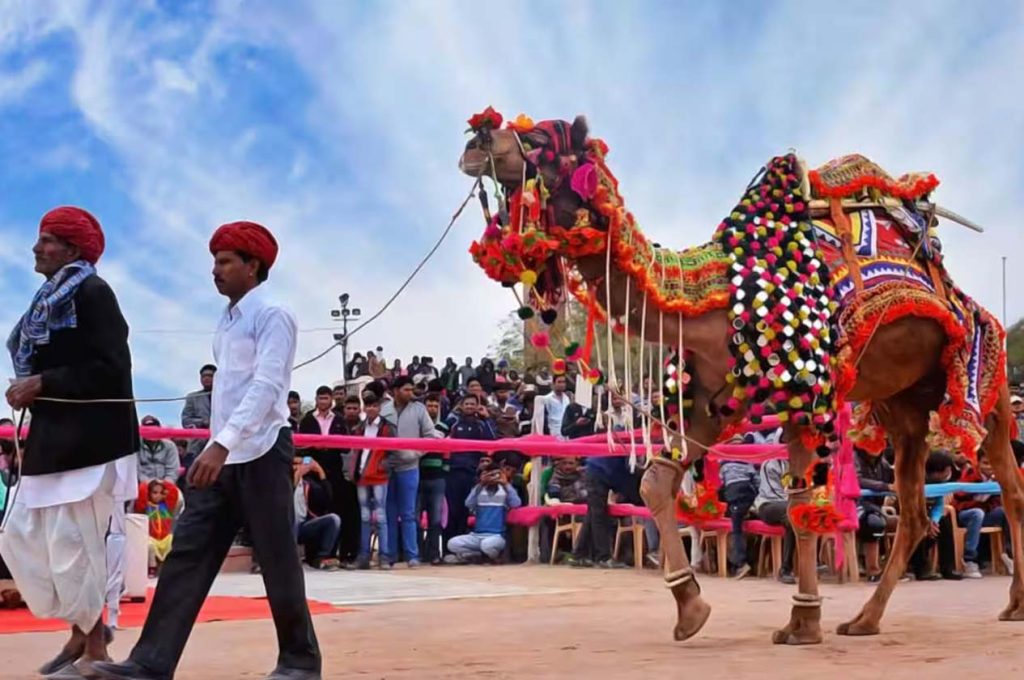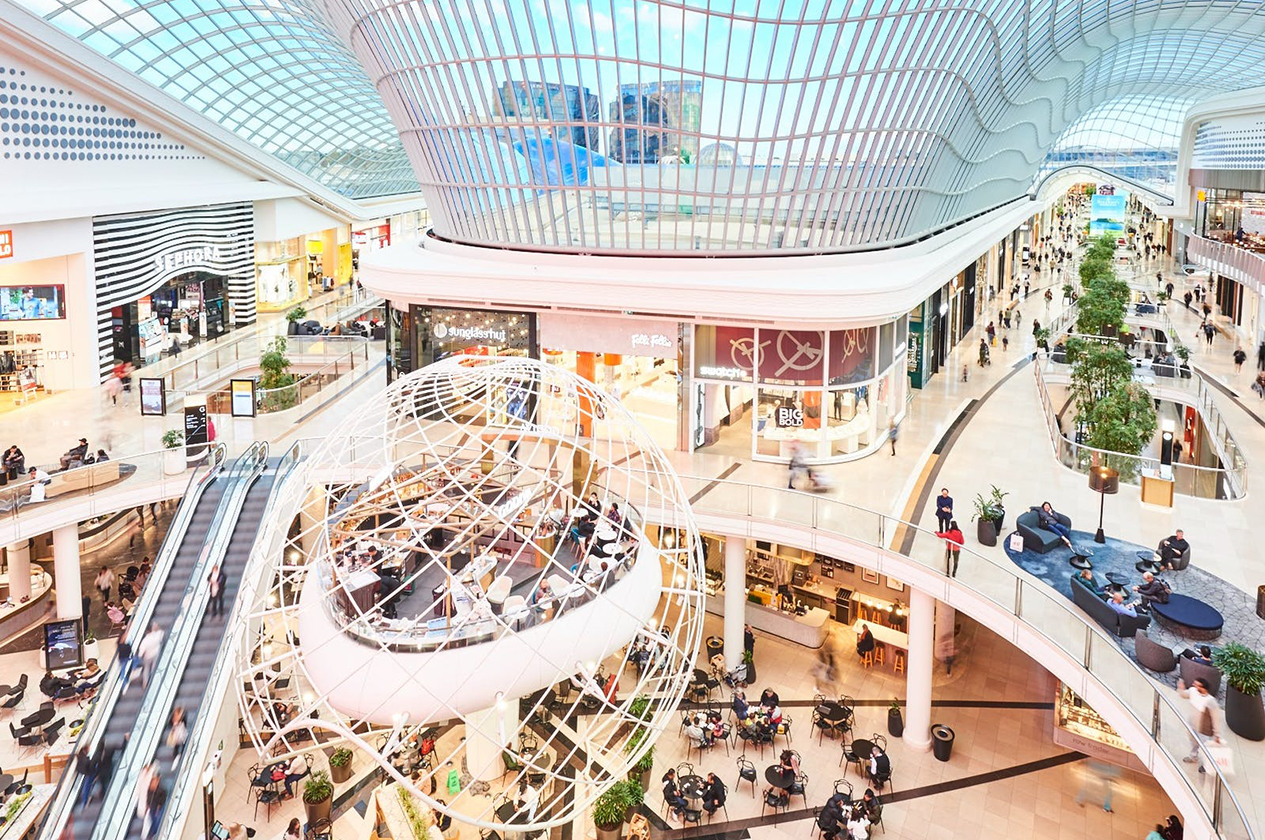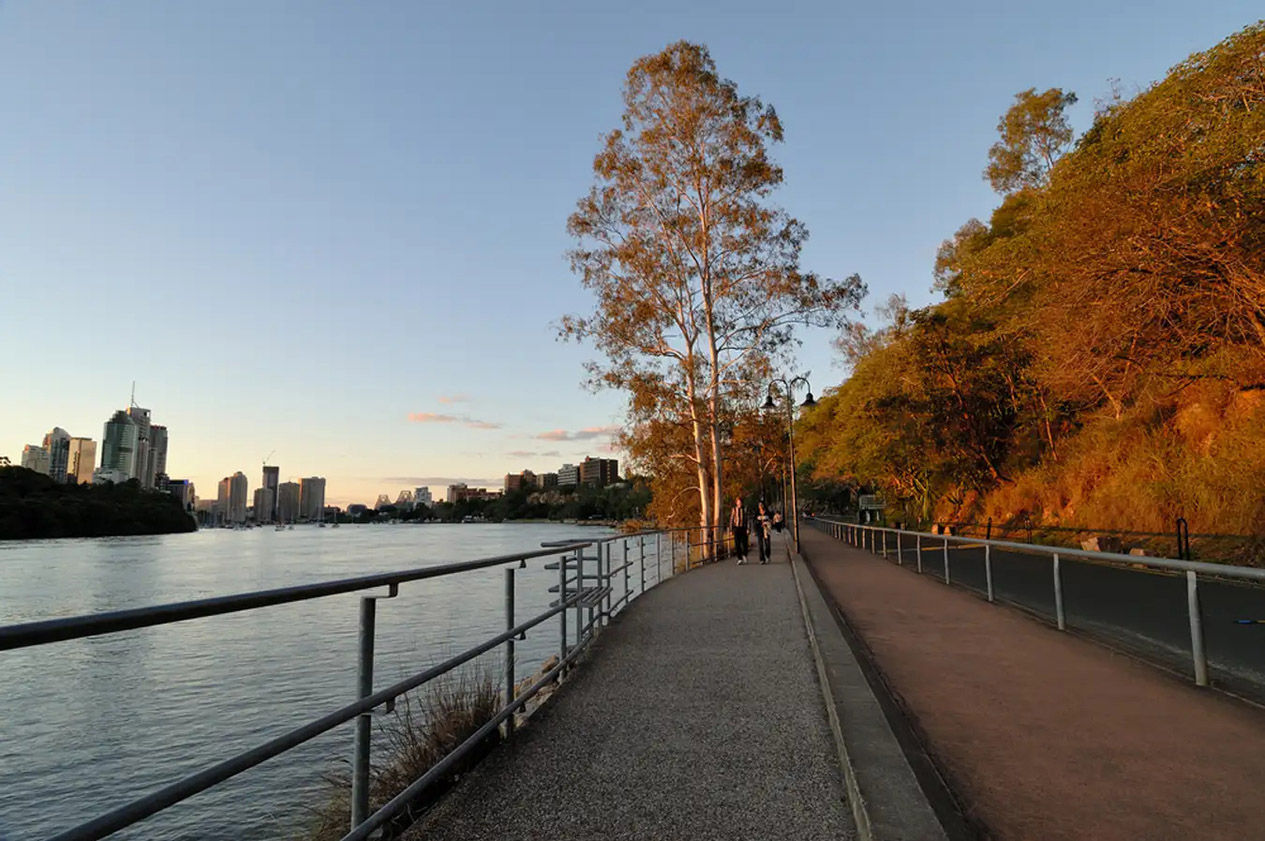Sydney, Australia, is a city brimming with stunning natural beauty and modern cosmopolitan charm. However, beneath the modern skyline, Sydney is also home to an ancient and deeply rooted Aboriginal culture that spans thousands of years. I’ve always found it incredibly rewarding to explore the Aboriginal heritage of a place. Sydney, with its rich history and deep connection to the land, offers many opportunities to learn about and experience Aboriginal culture firsthand.
I will share my personal experiences of exploring Aboriginal culture through museums, galleries, and cultural tours in Sydney. Whether you’re keen to see iconic art pieces, discover the historical significance of Aboriginal communities, or experience the soulful connection between the land and its people, this journey will enrich your understanding of Australia’s Indigenous heritage. I’ll also offer practical travel tips for navigating these experiences, from ticket prices to recommendations on the best time to visit, and how to make the most of your visit.
1. The Australian Museum: Exploring Aboriginal Heritage
Location: 1 William Street, Sydney
Admission: AUD 15 for adults (free entry on the first Tuesday of every month)
Opening Hours: 9:30 AM – 5:00 PM daily
If you’re looking for an introduction to Australia’s Aboriginal culture, The Australian Museum is a fantastic starting point. It’s one of the oldest museums in the country and has a renowned collection dedicated to the Indigenous peoples of Australia. The museum’s Aboriginal section is beautifully curated, offering insight into the history, art, and culture of the First Nations peoples of Australia.
My Experience at The Australian Museum:
I have visited the Australian Museum multiple times, and every time I discover something new. My last visit was particularly memorable because I took a guided tour focusing on Aboriginal culture. The guide, an Indigenous expert, shared captivating stories about the Dreamtime and the significance of the museum’s artifacts. The tour really helped me understand the deep spiritual and cultural connections that Aboriginal people have to the land and their traditions.
Three of My Favorite Exhibits:
- The “First Australians” Gallery – This exhibition is a comprehensive exploration of Aboriginal and Torres Strait Islander history. It includes everything from traditional tools to contemporary artwork. One of my favorite pieces was a bark painting, which showcased the intricate patterns and symbols that tell stories of the land and the ancestors. The depth of symbolism in these artworks is mind-boggling, and each piece left me in awe.
- The “Living Culture” Exhibition – This exhibit introduces visitors to contemporary Aboriginal culture, showing the ways in which traditional practices have evolved and are integrated into modern life. The headdress collection was particularly striking. Some of these headdresses are made from feathers, beads, and shells, and they reflect the diverse customs of Aboriginal tribes across Australia.
- The Cultural Artifacts Collection – This collection includes a wide range of traditional Aboriginal tools and weapons, such as boomerangs, digging sticks, and spears. As a traveler who appreciates hand-crafted items, I was particularly drawn to the painted shields, which are not only functional but also carry rich cultural significance. The attention to detail in these artifacts speaks volumes about the craftsmanship and spiritual meaning behind them.
Recommended Pieces to Check Out:
- Bunjil the Eagle – A stunning depiction of Bunjil, an eagle spirit in Aboriginal mythology. This sculpture is beautifully carved and is part of the museum’s permanent collection. The exhibit is a perfect introduction to the symbolic significance of animals in Aboriginal culture.
- The Mungo Man Replica – This is an incredibly important exhibit as it is a replica of the remains of Mungo Man, the oldest known human remains in Australia, dating back 42,000 years. This exhibit is essential for understanding Aboriginal connections to the land long before European settlement.
- Aboriginal Rock Art Reproductions – These reproductions are based on actual rock art from various locations around Australia. The ancient symbols depicted on these rocks show how Aboriginal people used the landscape as a canvas to record their stories.
Tips for Visiting:
- Booking in Advance: While tickets are affordable, I highly recommend booking your tickets online to avoid waiting in line. You can also book a guided tour in advance, which is well worth it for a more immersive experience.
- Discounts: Keep an eye on the museum’s website for any special offers or free entry days. The first Tuesday of every month offers free entry to the museum, which is a great way to save money if you’re traveling on a budget.
2. Art Gallery of New South Wales: A Journey into Aboriginal Art
Location: Art Gallery Road, The Domain
Admission: Free entry (Some special exhibitions may charge an entry fee)
Opening Hours: 10:00 AM – 5:00 PM daily (open till 10 PM on Wednesdays)

The Art Gallery of New South Wales is another key location for experiencing Aboriginal art in Sydney. As one of Australia’s leading public galleries, it boasts an incredible collection of Aboriginal artwork from both historical and contemporary artists. The gallery not only showcases art but also provides an educational experience about the history and significance of Aboriginal culture.
My Experience at the Art Gallery of NSW:
My visit to the Art Gallery was an emotional journey. I found myself captivated by the beauty and meaning behind the art. Aboriginal art isn’t just about aesthetics—it’s a visual language, a way of communicating stories, Dreamtime, and the ongoing relationship with the land. The gallery is peaceful, and as you wander through the Aboriginal Art Wing, you can almost feel the deep spiritual connection that these pieces convey.
Three of My Favorite Pieces:
- “The Seven Sisters” by Rover Thomas – This magnificent piece shows the story of the Seven Sisters, one of the most important Dreamtime stories in Aboriginal culture. The piece is a beautiful abstract interpretation of the land and sky, using earthy tones that evoke the desert landscape. I found myself staring at it for a long time, as it made me feel like I was immersed in the landscape the painting represents.
- “Ngarrangkarni” by Emily Kngwarreye – Emily Kngwarreye is one of Australia’s most revered Indigenous artists, and this stunning piece showcases her abstract representation of the land and her people’s connection to it. The vibrant use of color reflects the diversity of the landscapes she lived in. I love how each stroke of her brush seems to vibrate with energy and life.
- “Eagle” by John Mawurndjul – Mawurndjul is renowned for his intricate bark paintings, and his portrayal of the eagle is nothing short of mesmerizing. The piece is highly symbolic, representing the manuwarra (eagle), a key figure in Aboriginal mythology. The use of dots and delicate lines to represent the bird’s feathers and flight is breathtaking.
Recommended Pieces to Check Out:
- “Tali Tali” by Long Jack Phillipus Tjakamarra – This painting is a brilliant representation of the sandhills of the Western Desert. The bright, geometric patterns are visually striking, and the piece captures the essence of the desert with its flowing lines and vivid colors.
- “The Dreaming” by Clifford Possum Tjapaltjarri – This iconic painting represents the artist’s connection to the ancestral Dreaming stories. The use of concentric circles and the rich symbolism tied to the land makes this a masterpiece worth seeing.
- “Kurrajong Tree” by Judy Watson – This piece beautifully reflects the use of traditional Aboriginal motifs to tell stories about the land. The artist’s work here is bold, yet it captures the quiet strength of the Australian landscape.
Tips for Visiting:
- Guided Tours: The Art Gallery offers free guided tours that provide context about Aboriginal art. These tours are fantastic for visitors who want to deepen their understanding.
- Exhibitions: Keep an eye on the gallery’s rotating exhibitions. Occasionally, they host special exhibitions on contemporary Aboriginal art that are well worth seeing.
3. The Rocks Aboriginal Dreaming Tour
Location: The Rocks, Circular Quay
Duration: 2 hours
Cost: AUD 45 per person
For those looking to dive deeper into the spiritual and historical significance of Aboriginal culture, the Aboriginal Dreaming Tour in The Rocks is a must. The Rocks area is where European settlers first landed, but it is also home to many Indigenous stories and cultural landmarks. On this tour, you’ll walk the area with a knowledgeable Aboriginal guide who will explain the importance of the land, the significance of the Dreaming stories, and the traditional customs of the Gadigal people of the Eora Nation.
My Experience on The Dreaming Tour:
Walking through the historic laneways of The Rocks with an Aboriginal guide was one of the most powerful experiences I’ve had in Sydney. The tour gave me an insight into the spiritual connection that Aboriginal people have to the land. Our guide shared stories about how the environment shapes their worldview and their everyday life. We also stopped by Tumbalong Park, an area rich in Aboriginal significance, where our guide shared traditional songs and dances that tell stories of the land.
Recommended Experience:
- Tasting Bush Foods: On the tour, we had the opportunity to taste traditional bush foods like wattle seed, bush tomatoes, and finger limes. It was a unique experience to not only hear about but also taste the traditional foods that have nourished Aboriginal communities for thousands of years.
Tips for Booking:
- Pre-booking: The Dreaming Tour is very popular, so I recommend booking well in advance, especially if you’re visiting during peak seasons.
- Wear Comfortable Shoes: The tour involves a lot of walking, so make sure to wear comfortable shoes.

4. Barangaroo Reserve: Connecting with the Land
Location: Barangaroo, Sydney
Admission: Free
Opening Hours: Open daily from dawn to dusk
Barangaroo is an area where Aboriginal culture and modern development converge. The Barangaroo Reserve is dedicated to the Indigenous heritage of the area and features native plants and an educational cultural walk. This reserve is named after Barangaroo, a powerful Indigenous woman from the Eora Nation, and it’s a place where visitors can connect with the land in a very meaningful way.
My Experience at Barangaroo Reserve:
Walking through the lush, native bushland at Barangaroo was a sensory experience. I loved how the sounds of the city faded away as I immersed myself in the natural surroundings. The interpretive signs along the walking trails gave a deeper understanding of how the land was used by Aboriginal people before European settlement. The area also has plenty of spaces to sit and reflect, which adds to the serene atmosphere.
Sydney offers a vast array of experiences to explore Aboriginal culture, from world-class museums and galleries to hands-on cultural tours. These attractions not only provide insight into the ancient traditions of Australia’s First Nations peoples but also offer a deep, spiritual connection to the land that you’ll feel throughout your journey. Whether you’re admiring Aboriginal artwork at the Art Gallery of NSW, learning about Dreamtime stories at the Australian Museum, or walking through Barangaroo Reserve, you’ll leave with a newfound appreciation for one of the oldest cultures in the world. So, pack your curiosity and prepare to immerse yourself in the richness of Aboriginal culture in Sydney.




